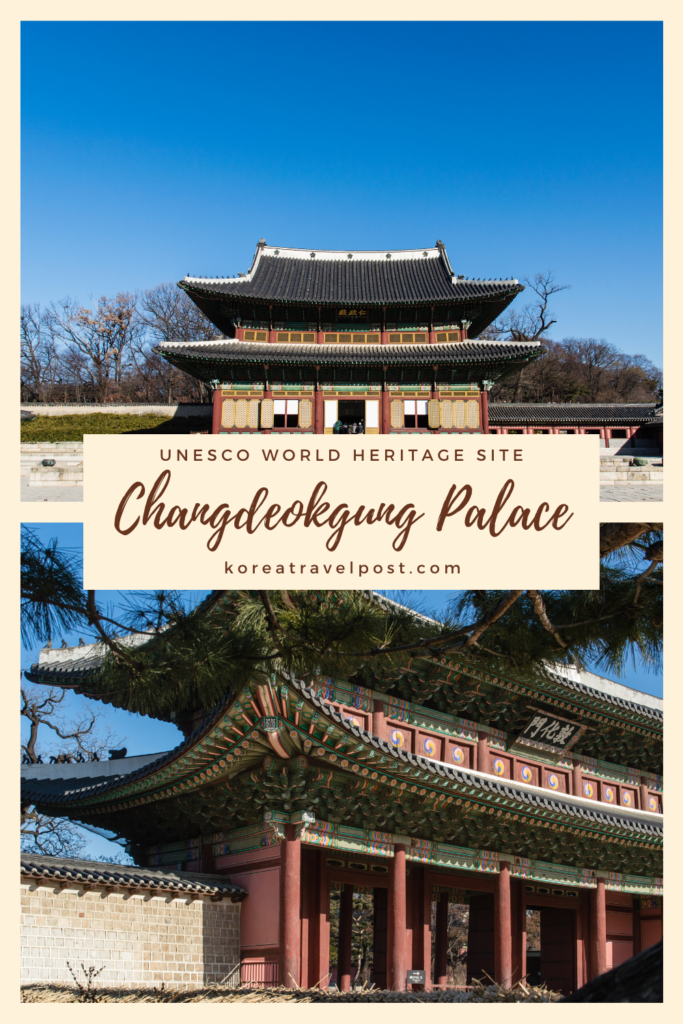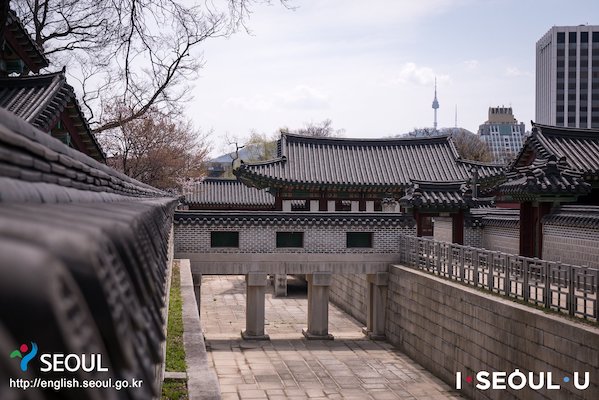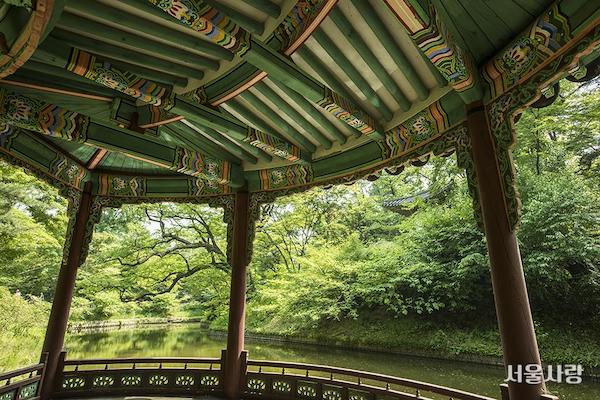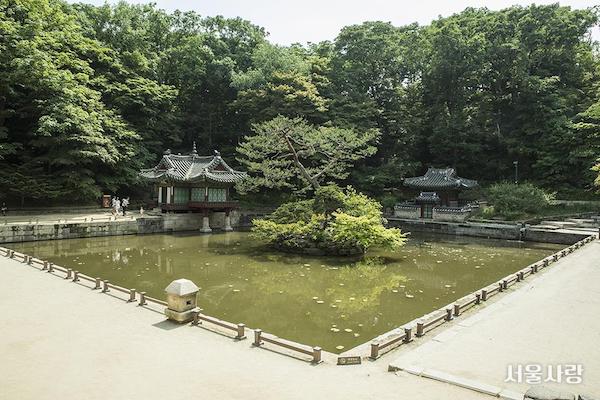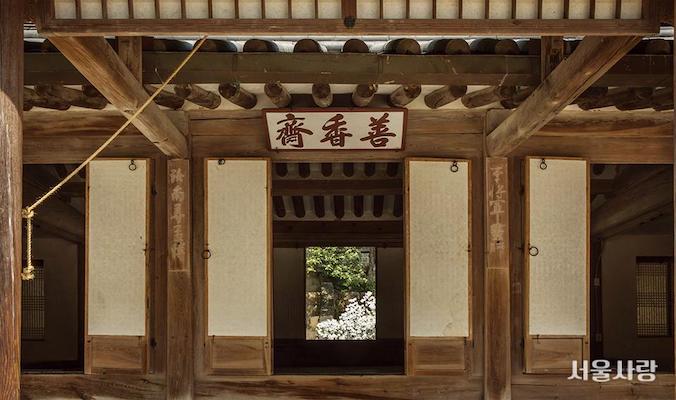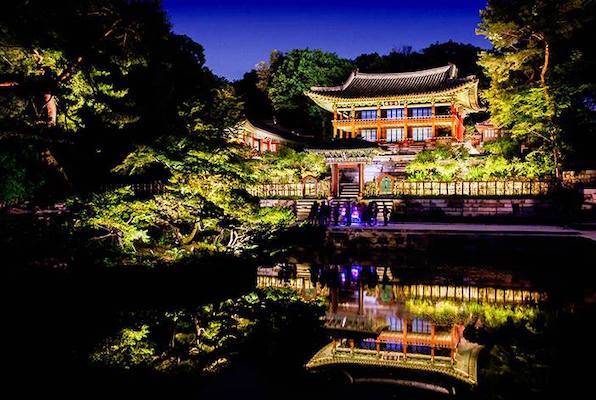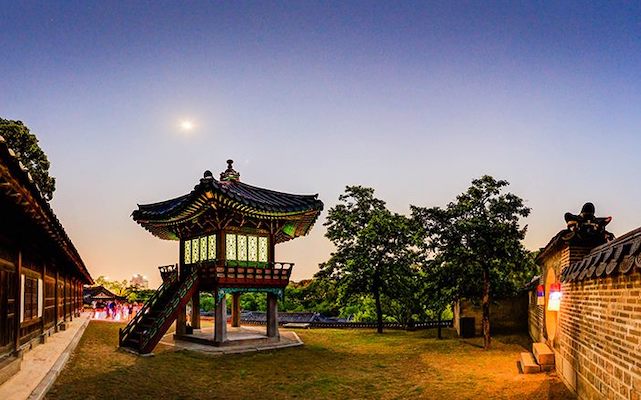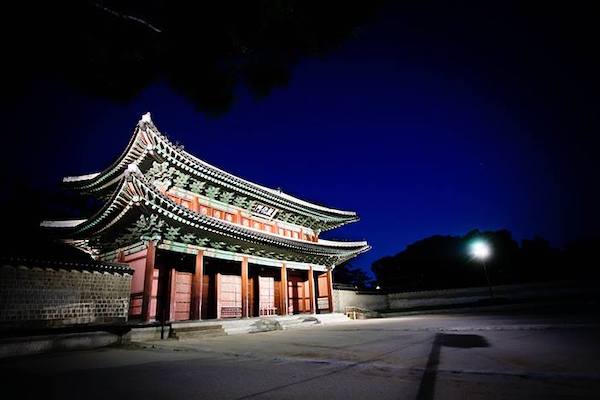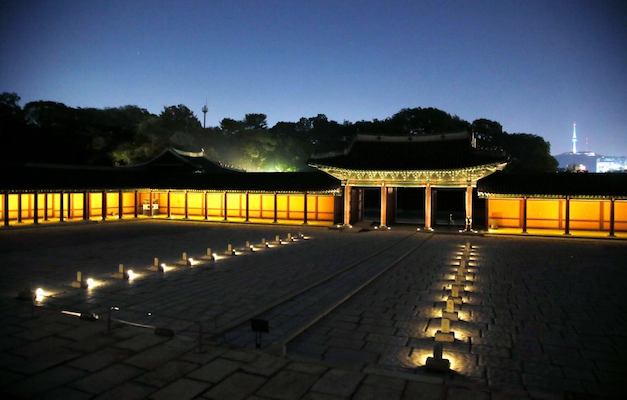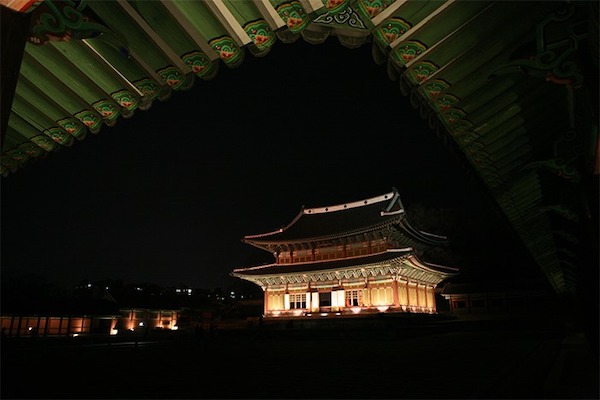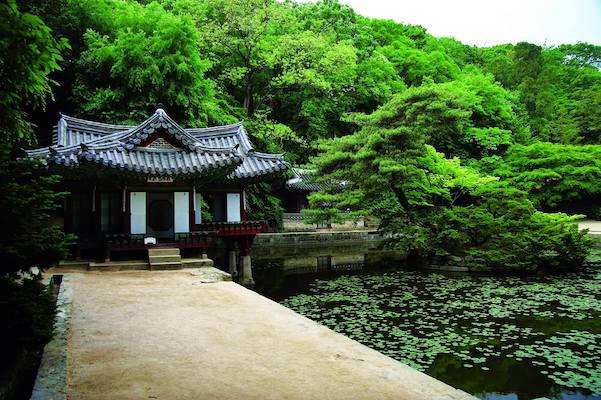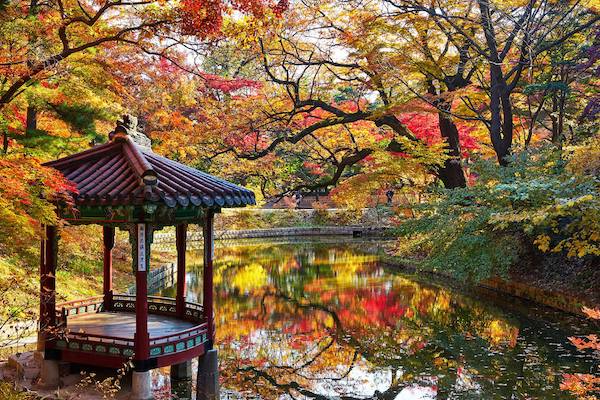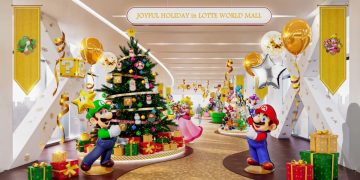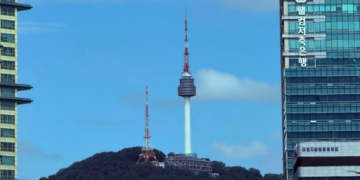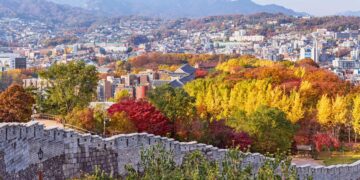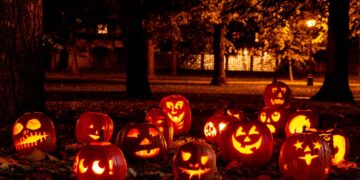Last Updated on 4 years by admin
Changdeokgung Palace is one of the most beautiful of Seoul’s five main palaces. Although Gyeongbukung is Korea’s main Palace, Changdeokgung actually served as the main residence from the early 1600s-1800s.
Unlike other palaces, Changdeokgung Palace works in harmony with nature, and the overall construction highlights the natural settings. The buildings don’t overshadow the overall natural beauty of the region.
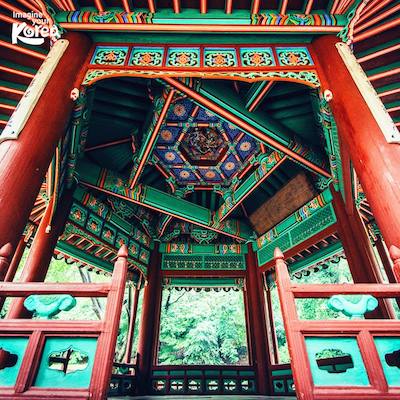
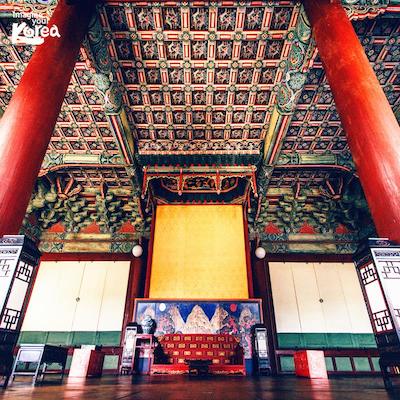
Royal Throne Room 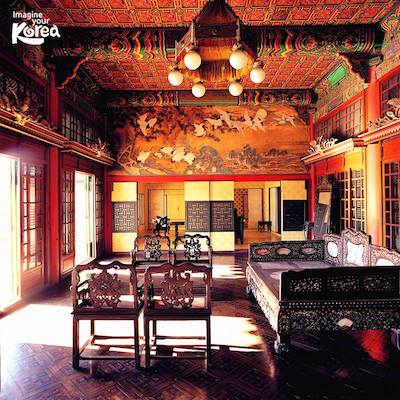
Typical Interiors of a Residence 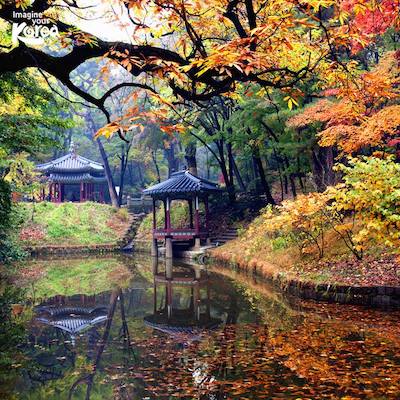
Fall Foliage in Secret Garden
It is a UNESCO World Heritage Site and one of the most well-preserved palaces amongst all the royal palaces from the Joseon Dynasty reigning from 1392 to 1910. Changdeokgung Palace was designated as a UNESCO World Heritage Site in 1997. It is regarded as a masterpiece of Korean palace architecture where the buildings are in perfect harmony with the natural setting.
Read more about Grand Palaces of Seoul:
- 5 Seoul palaces you must visit to add to your Royal South Korea Experience
- Gyeongbokgung Palace – Korea’s Magnificent Main Palace
- Deoksugung Palace (덕수궁), Seoul
History of Changdeokgung Palace
The Palace was built originally as a secondary palace in 1405 following the construction of Gyeongbukung Palace. It was commissioned by King Taejeon, the third king of Joseon.
After the Japanese invasion in 1952, all the palaces in Seoul were burnt down. Changdeokgung became the first one to be reconstructed in 1610, and it became the main palace. It was the primary royal residence and Palace until 1872, around 270 years! The Palace has remained well in use up into the 20th century. During the Joseon Dynasty rule, 13 different kings, including the last monarch, used Changdeokgung as the primary Palace.
The palace construction follows the excellent feng shui (pungsu), just like all the other Korean palaces – a mountain behind the palace building and a small stream in front. The buildings of the Palace are positioned more naturally following the land contours, unlike the Gyeongbokung, which is built on flat land. Changdeokgung blends in naturally with the surroundings, and the compound covers a sprawling area of about 462,000 square meters.
Things to See in Changdeokgung Palace
Donhwamun Gate (돈화문)
It is the largest and imposing entrance gate amongst the other Seoul’s main palaces. The gate dates to 1608. Like other palaces in Korea, as you enter the gate, you will cross a stone bridge over the water stream.
Geumcheongyo (금청요)
It is the oldest structure in the palace complex dating back to 1414. The bridge has guardian animals carved on its side and is considered one of the oldest bridges in Seoul.
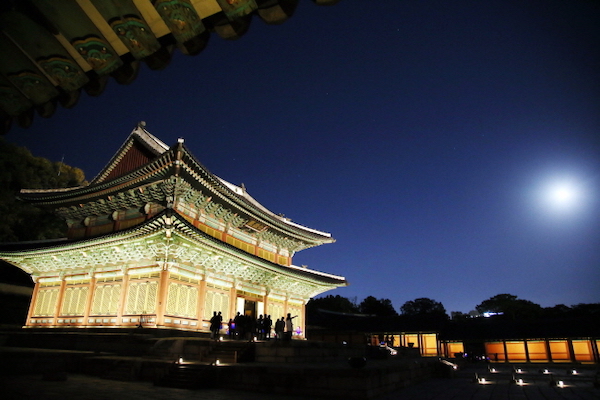
Injeongjeon (인정전)
After passing through the Jinseonmun gate, you can enter Injeongjeon. It is the main palace building and sits in harmony with the paved courtyard, open corridors, and the trees in the background. All the significant affairs like coronations and royal ceremonies were held here.
Seonjeongjeon (선정전)
It is the only building with a blue-tiled roof, and it stands next to the Injeongjeon and other office buildings.
Huijeongdang (휘정당)
It was the royal bed-chamber where the king used to spend his time working. The reconstruction of Huijeongdang is much different from what it used to be initially.
Daejojeon (대조전)
Daejojeon was the queen’s bed chambers that have been reconstructed as they were also destroyed in the fire.
Nakseonjae (낙선재)
It was built during the reign of King Heonjong in 1656 as a place to relax and read. It has also served as the quarters for the crown prince. The complex was in use until 1989 by the wife of the last Korean crown prince.
Moonlight Tour of Changdeokgung Palace
Huwon – The Secret Garden of Natural Beauty
Huwon, the garden at the back of Changdeokgung Palace, is self-contained and occupies about 60% of Changdeokgung. It is an excellent example of Korean garden design, and it is one of a kind. The rear garden was constructed during the reign of King Taejon, and it served as a resting place for the family members. There are many pavilions and fountains in the garden which enhance its natural beauty.
There is a large pond in the center of Huwon named Buyongji. Along with the pond, there is Buyongjeong (Pavilion) and Juhapru (Pavilion). The construction design of Buyongjeong is unique, with a cross-shaped roof and two supporting pillars rising from the pond. It is said that King Jeongjo (the 22nd king of the Joseon Dynasty) and his courtiers often enjoyed fishing here at Buyongjeong. The Juhapru Pavilion used to house the royal library and was used by the king and his courtiers to study and discuss politics. The entrance of Juhapru, the Eosumun (Gate), even has a symbolic meaning as the name literally means “Fish cannot live without water.” It reflects that “The ruler should always put his people first.”
If you visit the garden in autumn, you will be mesmerized by the autumn foliage and the gorgeous falling leaves!
Important Info about Changdeokgung Palace
Where: 99, Yulgok-ro, Jongno-gu, Seoul
Timings: Every Monday the Palace and the garden are closed.
Changdeokgung
- Feburary – May, September & October 09:00 – 18:00
- June – August 09:00 – 18:30
- November to January 09:00 – 17:30
Huwon
- March – May, September & October 10:00 – 18:00
- June – August 10:00 – 18:30
- November – February 10:00 – 17:30
- December to February 09:00 – 17:00
Entrance Fee:
- Changdeokgung – Adults (aged 19-64): KRW 3,000; Children & Teens (aged 7-18): KRW 1,500
- Including Huwon – Adults (over 19 yrs.): KRW 8,000; Adults (over 65 yrs.): KRW 5,000; Children & Teens (aged 7-18): KRW 4,000
Website: http://www.cdg.go.kr/eng/
Important Note
You must book tickets ahead of time, especially for a tour to visit Huwon. In busy times, the tickets sell out pretty quickly. You can still visit the palace complex, but you won’t be able to see the secret garden.
You can book the tickets online up to 6 days ahead of time. There are only 100 tickets available for each tour, so they sell out fast. And if you are late and the tour has started, you won’t be allowed entry into the Secret Garden. So, make sure you give yourself around 20 minutes to walk to the Secret Garden from the main gate.
Love it?
Pin it and save it for later!
